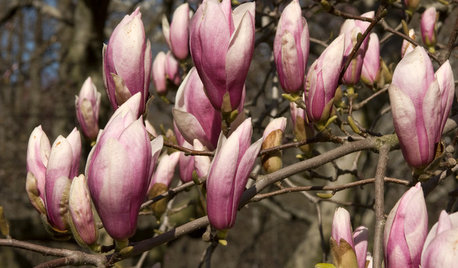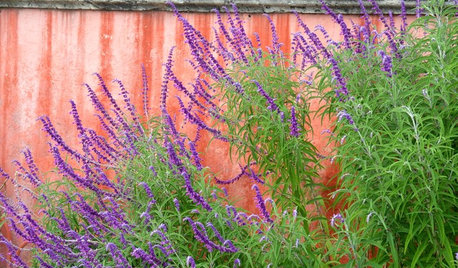What is in Miracle-Gro?
10 years ago
Related Stories

MOST POPULARThe Perfect Houseplant for People Who Kill Houseplants
If you can fill a jar with water, you can keep golden pothos vine happy — and it will pay you back with cleaner air and a greener home
Full Story
GARDENING GUIDESCommon Myths That May Be Hurting Your Garden
Discover the truth about fertilizer, soil, staking and more to keep your plants healthy and happy
Full Story
LANDSCAPE DESIGNGreat Design Plant: Saucer Magnolia
Witness its glorious spectacle in early spring, but this specimen tree brings other delightful visuals to a garden too
Full Story
CONTAINER GARDENSSolve Your Garden Border Dilemmas With Planted Pots
Set your containers free from the patio — placed among plantings in the ground, they fill unsightly gaps, let you experiment and more
Full Story
GARDENING GUIDESMake Sure You Read This Before Buying New Plants
Follow these 10 plant-selection tips to avoid buyer’s remorse
Full Story
FARM YOUR YARDCool-Season Vegetables: How to Grow Lettuce
Leaf, butterhead, crisphead or romaine — lettuce is best harvested in the cool weather of spring and fall
Full Story
GARDENING GUIDES10 Plants for Colorful Fall Blooms in the Drought-Tolerant Garden
Want fall color but not a big water bill? Consider these not-too-thirsty fall bloomers
Full Story




digdirt2
jimster
Related Discussions
Solar powered waterfall, fertilizer, and odds and ends
Q
Curcumas - Which ones?
Q
Shriveled leaves and container size
Q
Plumeria food
Q
User
nancyjane_gardener
seysonn
digdirt2
buford
mindfulmamaOriginal Author
mindfulmamaOriginal Author
User
mindfulmamaOriginal Author
nancyjane_gardener
Slimy_Okra
edweather USDA 9a, HZ 9, Sunset 28
buford
edweather USDA 9a, HZ 9, Sunset 28
jimster
buford
User
mindfulmamaOriginal Author
highwaygardener
Slimy_Okra